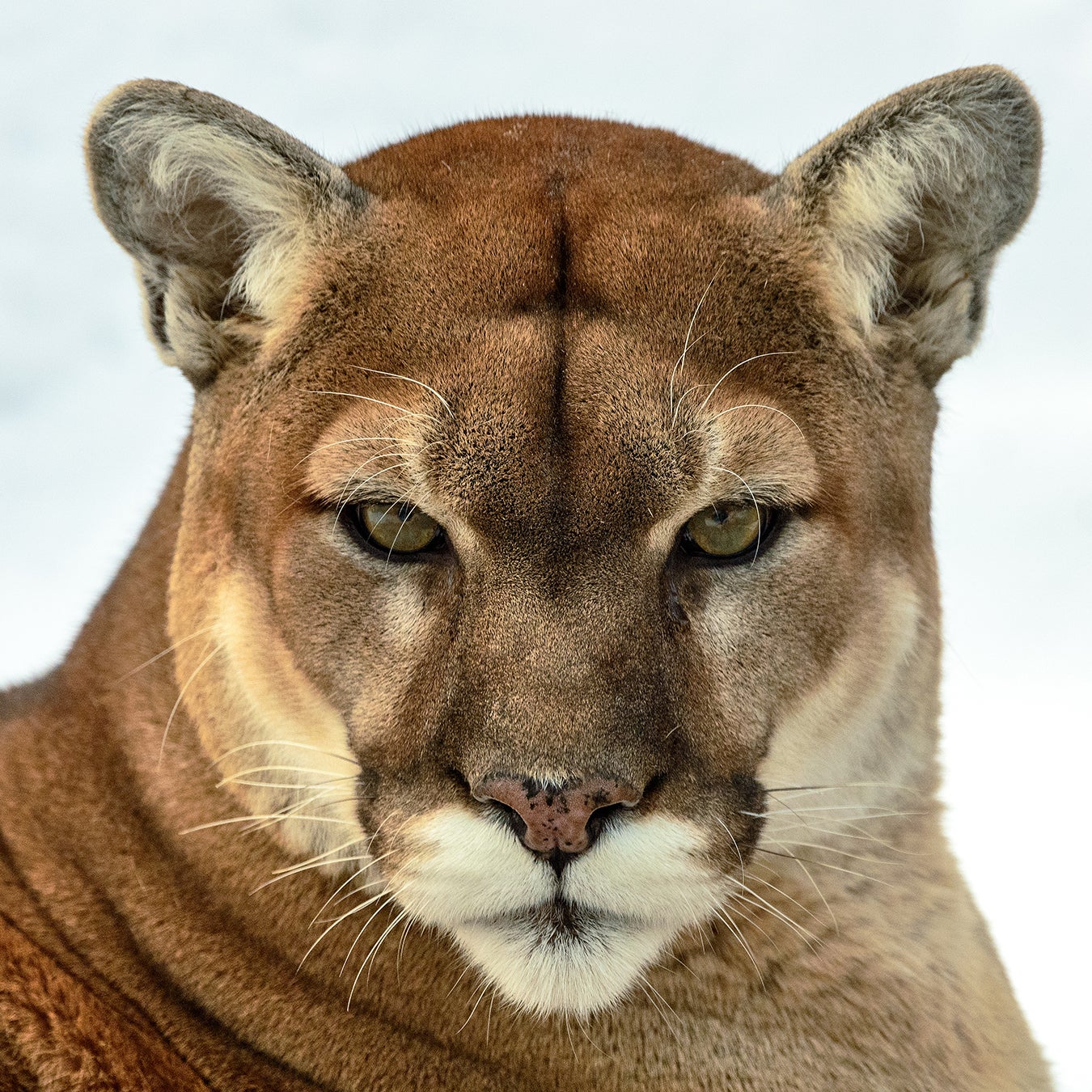Mountain lions sure are in the news a lot, right? There was the deadly attack outside Seattle last May, the woman who was killed on Mount Hood, in Oregon, in October, then the Colorado jogger who killed a cougar with his bare hands in February, and now a mom on Vancouver Island, British Columbia, who saved her son from a hungry cat. Are these incidents connected or part of a larger trend?
Attacks Are Not Common—In Fact, They're Incredibly Rare
“What we’re seeing is a statistical anomaly,” says Lynn Cullens, executive director of the Mountain Lion Foundation, a conservation group. She says that attacks by the cat are so rare that we simply don’t have good data on them.
In the past 100 years, there have been fewer than two dozen fatal cougar attacks in North America. Before the current swarm of events, there hadn’t been a fatal attack on this continent since 2008. Suddenly, in the last year, there have been two, which, according to Cullens, may feel like a trend but “just isn’t.”
Populations Are Recovering
There may be more mountain lions in the woods today than there were just a few decades ago. When Europeans began settling the continent, they saw cougars as both competition for game and a threat to their own lives. Unregulated market hunting and bounties for dead cats eventually extirpated mountain lions, which had once roamed the entire lower 48, from most of the East Coast outside of Florida. By the mid-1900s, mountain lions lived in only a few isolated pockets of territory in the Rocky Mountains and westward. Conservation efforts created protections for the species, which has slowly been returning to more of its historic range.
Cullens notes that efforts to count mountain lion populations remain rudimentary and are frustrated by the shy nature of the cats. The Mountain Lion Foundation estimates that there may currently be only 30,000 cougars in the U.S.
It should be noted that populations of mountain lions don’t grow denser as their numbers expand. Mountain lions are territorial, claiming areas that run from 10 to 370 square miles in size (depending on the ecosystem in question). So expanding mountain lion numbers don’t mean there are more cats in the woods; it means there are lions in places there weren’t before.
Humans Like Cougar Habitat
Even as mountain lions are reoccupying more and more of their historic range, humans are moving into it. Since 1990, 60 percent of new homes built in western states have been built in something called the wildland-urban interface (read: areas with natural beauty). If you live somewhere with deer, then you live in current or potential cougar habitat.
In addition to all those new homes, humans are also going outdoors in record numbers. In 1979, 198 million people visited national parks. In 2018, that number was 318 million. And if you’re camping somewhere with deer—the cats’ preferred diet—you’re camping somewhere that’s current or potential cougar habitat.
Killing Cougars May Increase Cougar Attacks
Cullens says that all of the recent headlines have been created by juvenile cougars. “The only time that you’ll see an increase in cougar population density is if young cats are dispersed there,” she says.
That’s currently a problem in Oregon, where one of last year’s fatal attacks occurred. “I’ve not seen such high densities anywhere in the world,” Rob Wielgus, a cougar researcher, told Oregon Public Radio. That state is currently pursuing an aggressive strategy to reduce its mountain lion population, but it could be backfiring.
Hunters target mountain lions for trophies, so they tend to pursue large, mature males. But large, mature male mountain lions are accomplished hunters who have developed a healthy aversion to humans. By removing those lions from the population, Oregon is allowing inexperienced juveniles to replace them. Those juveniles are not yet good hunters so may turn to people and their pets for an easy meal, and they may not have an ingrained aversion to places we live and recreate.
“The best way to prevent mountain lion attacks is to stop killing mountain lions,” Cullens says.
Lions Make Headlines
You’ve heard about all the recent mountain lion conflicts because you’ve read about them on websites like this one or seen them on social media. The stories I wrote about the runner in Colorado who choked a baby mountain lion to death are the most popular I’ve written so far this year. The success of those articles makes it more likely that I will write more stories about mountain lion attacks. I’m hopefully contributing to a greater public understanding of the threatened species, but I’m also increasing awareness of these events—and perhaps furthering the public’s fear of them.
In addition to the 24-hour news cycle and the echo chambers of social media, advances in technology are also increasing awareness of the species. Motion sensors and night-vision and digital cameras have made it easier to capture images and video of the reclusive cats. GPS collars have created more information about their ranges and population numbers. And all that material now has wide-reaching distribution channels like this one that are eager for mountain lion content.
If it feels like there’s more mountain lion attacks now than ever before, it’s a combination of all the factors discussed in this article. There is no data whatsoever suggesting that attacks are increasing or that any quantifiable threat is created by the presence of the species in our world.
“If you’ve been outdoors in a place where cougars live, then you’ve been close to a cougar,” says Cullens. “They saw you, but you didn’t see them.” You survived that encounter, and you’ll likely be unaware of the next.

